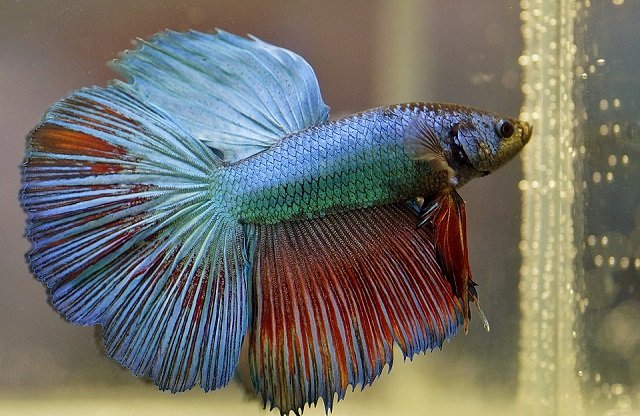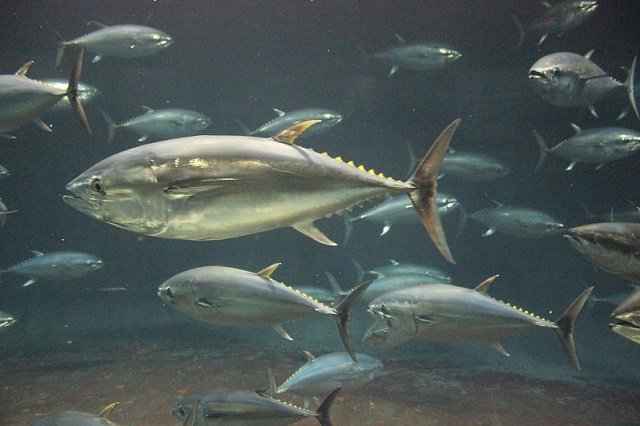-EUMOFA (European market observatory for fisheries and aquaculture products) has recently published the Price Structure Analysis “Seabass in the EU”.
In 2016, the production of farmed seabass reached 191.000 tonnes globally. Out of this, 82.000 tonnes were farmed in the EU, 81.000 tonnes in Turkey, 24.000 tonnes in Egypt and 4.000 tonnes in the remaining countries. In the last 10 years (2007-2016) production increased much faster in Turkey (+93%) and in the other third countries (multiplied by 14) than in the EU (+35%), where seabass farming growth had taken place a few years before (late 1990s-early 2000s). However, the EU aquaculture production of seabass reached its higher level ever in 2016. Greece (43.000 tonnes) and Spain (23.000 tonnes) represent 80% of the EU total output.
In contrast, wild seabass production decreased in the same period, by 46% globally and by 39% at EU level, mostly due to the strong decline of the resource in the Atlantic. With 5.300 tonnes in 2016, the EU represents 93% of world catches. In spite of a strong decline of its catches over the period, France is still leading the EU production.
Overall the apparent market (production + imports – exports) for seabass amounts to 97.000 tonnes, which are mostly consumed fresh. The top-3 markets, Italy, Spain and France, represent more than 70% of total EU consumption. The annual consumption per capita is 190 grams on average but exceeds 500 grams in a few Mediterranean countries (Italy, Spain, Portugal, Cyprus). Trade for seabass is mainly intra-EU and reached 55.000 tonnes in 2016, but extra-EU imports from Turkey multiplied by 2,5 between 2012 and 2016.
The focus on Greece, Croatia and Spain shows specific market features in each of the three MS. While seabass is mostly exported in the case of Greece and Croatia, it is mainly sold on the domestic market in Spain. Farmed seabass is found as whole fresh fish at retail in all countries, first and foremost in large-scale retail outlets. Wild seabass is a high-end product, interesting more fishmongers and restaurants; its price can exceed 25 EUR/kg while the farmed seabass generally remains below the 10 EUR/kg mark. Thanks to lower labour and operating costs, the retail price of the Croatian farmed seabass is at the same level as the Greek price, in spite of a higher ex-farm price and a higher VAT rate.
Download here: http://www.eumofa.eu/price-structure
Editor at the digital magazine AquaHoy. He holds a degree in Aquaculture Biology from the National University of Santa (UNS) and a Master’s degree in Science and Innovation Management from the Polytechnic University of Valencia, with postgraduate diplomas in Business Innovation and Innovation Management. He possesses extensive experience in the aquaculture and fisheries sector, having led the Fisheries Innovation Unit of the National Program for Innovation in Fisheries and Aquaculture (PNIPA). He has served as a senior consultant in technology watch, an innovation project formulator and advisor, and a lecturer at UNS. He is a member of the Peruvian College of Biologists and was recognized by the World Aquaculture Society (WAS) in 2016 for his contribution to aquaculture.
Stay Always Informed
Join our communities to instantly receive the most important news, reports, and analysis from the aquaculture industry.




